Scuba Diving With Gentle Giants
Get trained, suit up and go swimming with one of the Earth’s coolest creatures.
By Aaron Derr
The whale shark is one of the coolest animals in the world.
It is the largest fish in the ocean — the largest known whale shark was more than 40 feet long — yet it very rarely hurts people. Whale sharks are calm and often swim alongside scuba divers.
This is why all the fundraising, training, extra fundraising and extra training was well worth it for the Scouts of Troop 4900 in Atlanta, Georgia.
They got to go scuba diving with whale sharks.
Breathing Underwater
Georgia Aquarium in Atlanta is one of the only places in the world that houses whale sharks. The four sharks are kept in a 6.3-million-gallon exhibit, along with manta rays, stingrays and thousands of other fish. (Whale sharks can live with other fish because they’re awesome and they wouldn’t hurt a fly.)
It was inside this giant exhibit that the Scouts from Troop 4900 would get to dive, after raising enough money to pay for their training, and then after completing all their training and proving themselves capable of the task.
“It was worth everything,” says Conner Nix, 13. “The money … everything. Once you get underwater, there’s this entirely different ecosystem.”
Their training began at a local dive shop, where they spent time in a classroom learning the basics of scuba before using real scuba equipment in a swimming pool. It continued at Lake Lanier in northern Georgia, where they got pretty good at breathing underwater using tanks of compressed air.
“It’s kind of weird at first,” says Brian Kervin, 11. “It’s a bit uncomfortable because the air is so dry. There’s no moisture in the compressed air.”
Playing By The Rules
Some of the boys mowed lawns for a year. Some made deals with their parents: If they could raise half the money, their parents would pay the other half.
Some of them went back to the dive shop for extra training. If you think it’s always easy to swim underwater with a tank of air, weights around your waist and a pair of fins on your feet, then you’ve obviously never been scuba diving.
Finally, they were ready to dive with the whale sharks.
The Scouts arrived at the aquarium early in the morning and learned the rules right away. They had to use the aquarium’s scuba equipment to ensure no contaminants were introduced that might harm the fish.
They were told how, once they got under the water, they would have to closely follow an adult certified diver, who would take them on a tour of the exhibit.
And, most important, they were to never touch the fish.
“While we weren’t allowed to touch the animals, they were allowed to touch us!” Mason Sass, 13, says. “One of my favorite moments was when a zebra shark slapped me in the face with his tail.”
“The thing I remember the most was the manta ray smacking me on the back of the head,” Brian says.
Underwater Awesomeness
Soon after the guys entered the tank, they swam to a walkway, where their parents could see them from the other side of the glass. Later, they swam over to the edge of the tank, where their parents could watch from the viewing area.
“My favorite part was playing rock, paper, scissors with my sister through the glass,” Jay Cookson, 13, says. “It’s like a whole other world. There were all these things that you can’t see from above the water.”
At one point, the guys got down to the bottom of the tank to stir up some of the sand. It’s a technique that helps attract more fish, because the animals know sometimes there are bits of food in that sand.
And then there were the whale sharks. The Scouts’ diving instructor, a master diver with many years of experience, told the guys he had spent only a few minutes with a whale shark in his entire life.
The Scouts were down there for nearly an hour.
“When we first got into the water, there was a whale shark about 10 or 15 feet away from us,” Jay says.
As the boys swam their route through the tank, the sharks mostly paid them no mind.
They were probably too busy being awesome.
“I’ve always wanted to go scuba diving,” Conner says. “Ever since I was little, I’ve always enjoyed the water and liked to go deeper.
“As soon as I saw all of the wildlife, my eyes just opened up all the way and I knew this was the best thing ever.”
What’s Up With Wetsuits?
The water in the Georgia Aquarium whale shark tank is very cold. In water like this, wetsuits are needed.
Wetsuits keep you comfortable by trapping a layer of water between your skin and the suit. Your body heat keeps that layer of water relatively warm. The colder the water, the thicker the wetsuit must be to keep you comfy.
Wetsuits must fit snugly to prevent the water that your body has heated from leaking out and allowing colder water to take its place. This makes them uncomfortable to walk around in on dry land, but the trade-off is well worth it once you get in the water.
Scuba diving in chilly water is a lot like winter camping: No matter what you’re wearing, you have to eat and drink right so your body can produce enough heat to keep itself warm.
Scuba BSA
Scuba BSA introduces qualified Boy Scouts and Venturers to the special skills, equipment and safety precautions associated with scuba diving. Completion of Scuba BSA requirements sets the stage for additional training, but does not qualify the participant to dive independently.
In other words, just because you’ve completed a Scuba BSA program doesn’t mean you can hop on the next dive trip in Hawaii.
Scuba industry standards for open-water diver certification require the student to be at least 15. Several of the scuba organizations recognized by the BSA offer junior open-water certifications for those as young as 10, as long as they dive with an adult buddy who is open-water certified.

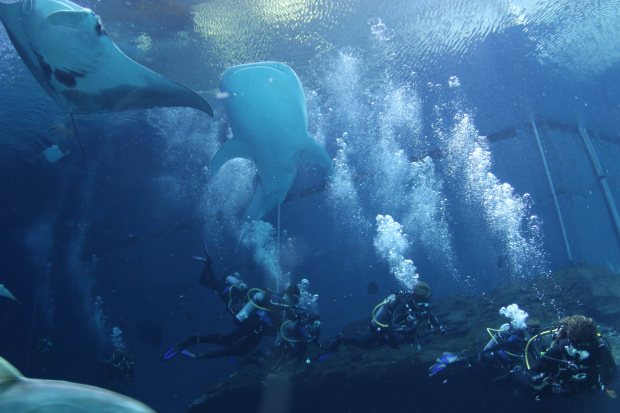
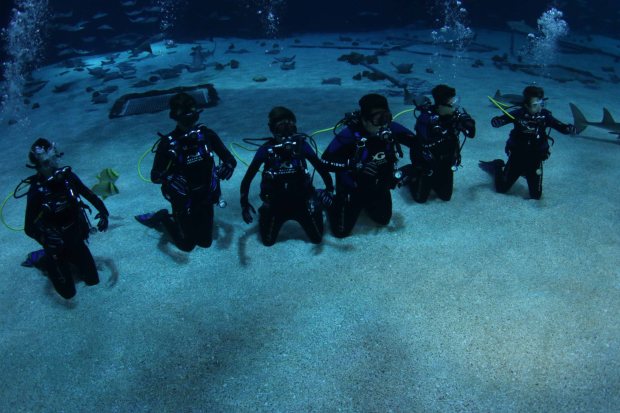
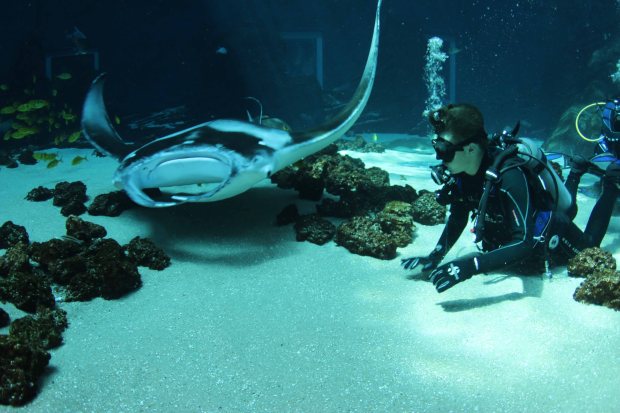
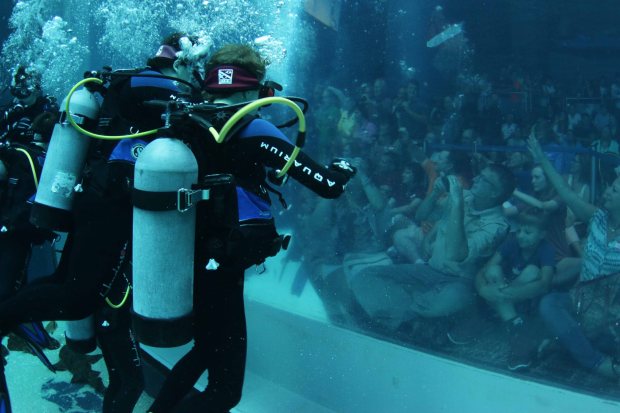
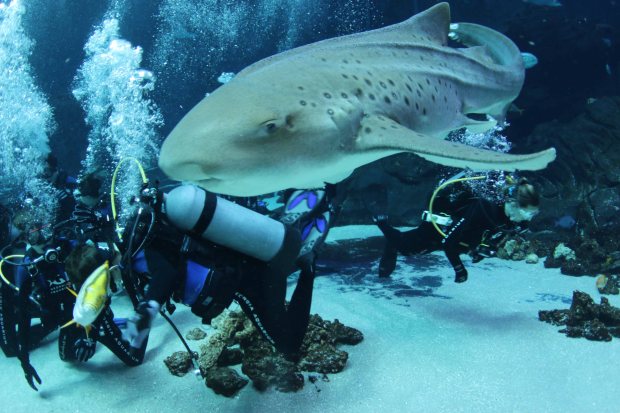




Leave a Comment